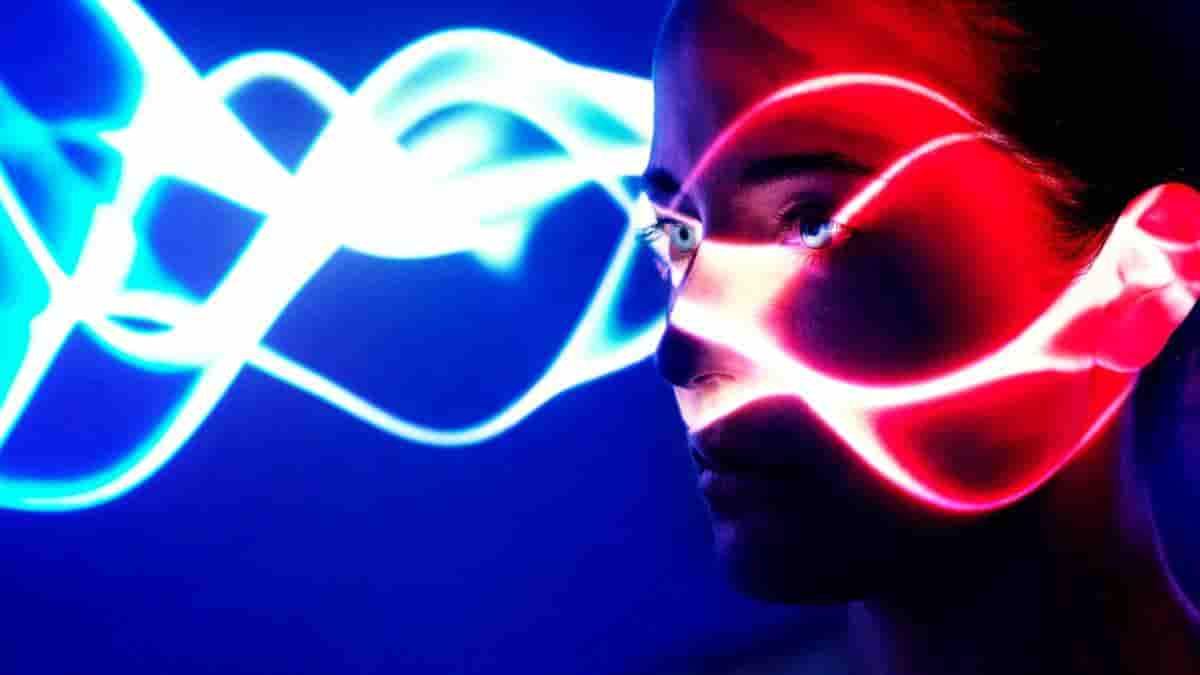The conscious perception of visual location occurs in the frontal lobes of the brain, rather than in the visual system in the back of the brain, according to a study from Dartmouth College. The results are significant given the ongoing debate among neuroscientists on what consciousness is and where it happens in the brain.
“Our study provides clear evidence that the visual system is not representing what we see but is representing the physical world. What we see emerges later in the processing hierarchy, in the frontal areas of the brain that are not usually associated with visual processing,”
said lead author, Sirui Liu, a Dartmouth graduate student of psychological and brain sciences.
Double-drift Illusion
To examine how the perception of position occurs in the brain, participants were presented with visual stimuli and asked to complete a series of behavioral tasks while in a functional magnetic resonance imaging (fMRI) scanner.
For one of the tasks, participants were asked to stare at a fixed black dot on the left side of the computer screen inside the scanner while a dot that flickered between black and white, known as a Gabor patch, moved in the periphery. Participants were asked to identify the direction the patch was moving.
The patch appears to move across the screen at a 45 degree angle, when in fact it is moving up and down in a vertical motion. Here, the perceived path is strikingly different from the actual physical path that lands on the retina.
This creates a “double-drift” illusion. The direction of the drift was randomized across the trials, where it drifted either towards the left, right or remained static.
Frontal Not Visual Cortex
Using fMRI data and multivariate pattern analysis, a method for studying neural activation patterns, the team investigated where the perceived path, tilted left or right from vertical, appears in the brain. They wanted to determine where conscious perception emerges and how the brain codes this.
On average, participants reported that the perceived motion path was different from the actual path by 45 degrees or more.
The researchers found that while the visual system collects the data, the switch between coding the physical path and coding the perceived path (illusory path) takes place outside of the visual cortex all the way in the frontal lobes, which are higher-order brain regions.
“Our data firmly support that frontal areas are critical to the emergence of conscious perception,”
explained study co-author and co-principal investigator, Patrick Cavanagh, a research professor of psychological and brain sciences at Dartmouth, and senior research fellow and adjunct professor of psychology at Glendon College.
“While previous research has long established the frontal lobes are responsible for functions such as decision-making and thinking, our findings suggest that this area of the brain is also the end step for perceiving where objects are. So, that’s kind of radical,”
he added.
Reference:
- Sirui Liu, Qing Yu, Peter U. Tse, Patrick Cavanagh. Neural Correlates of the Conscious Perception of Visual Location Lie Outside Visual Cortex. Current Biology; Volume 29, Issue 23, p4036-4044.E4, December 02, 2019
Last Updated on September 15, 2023
